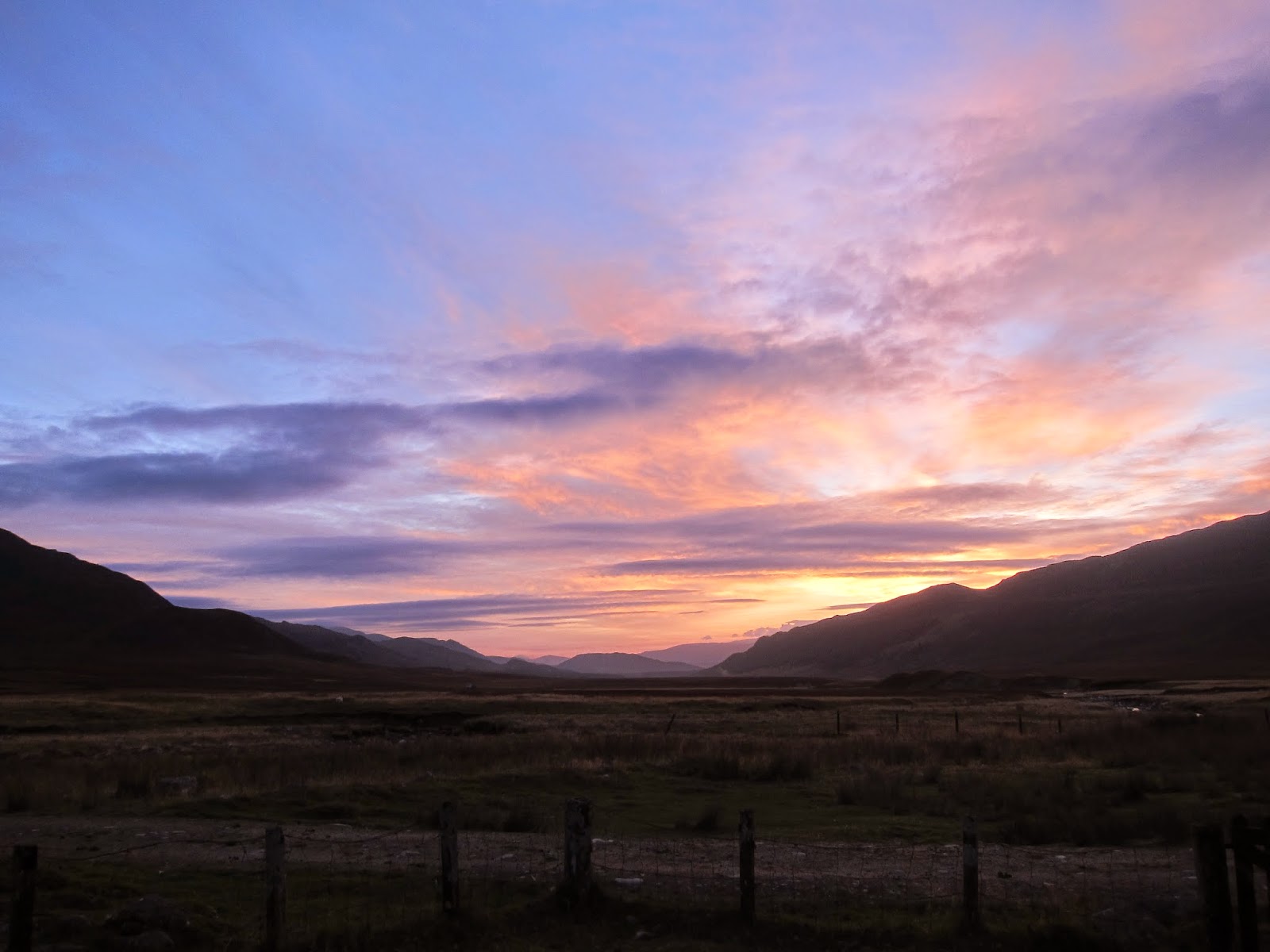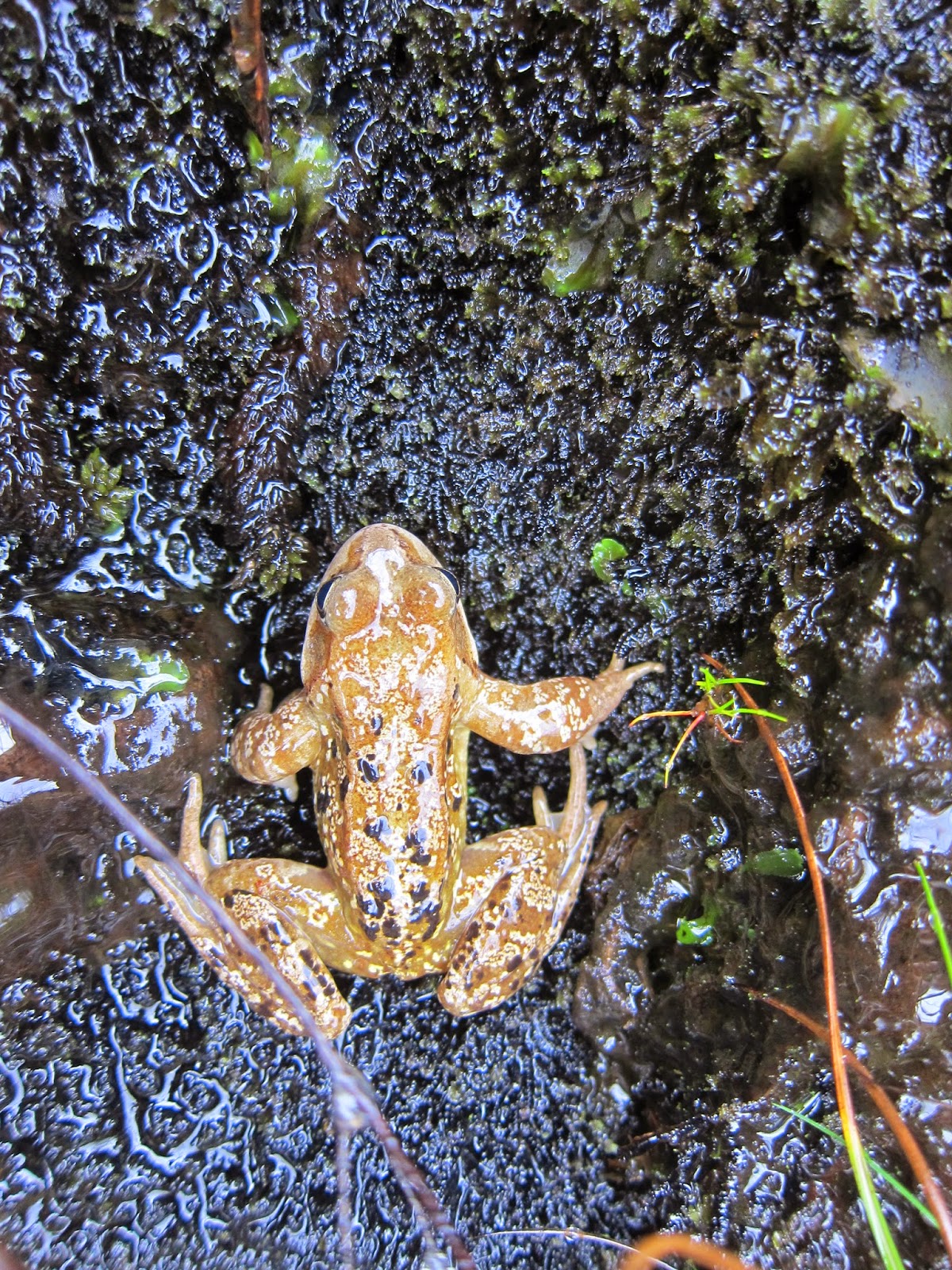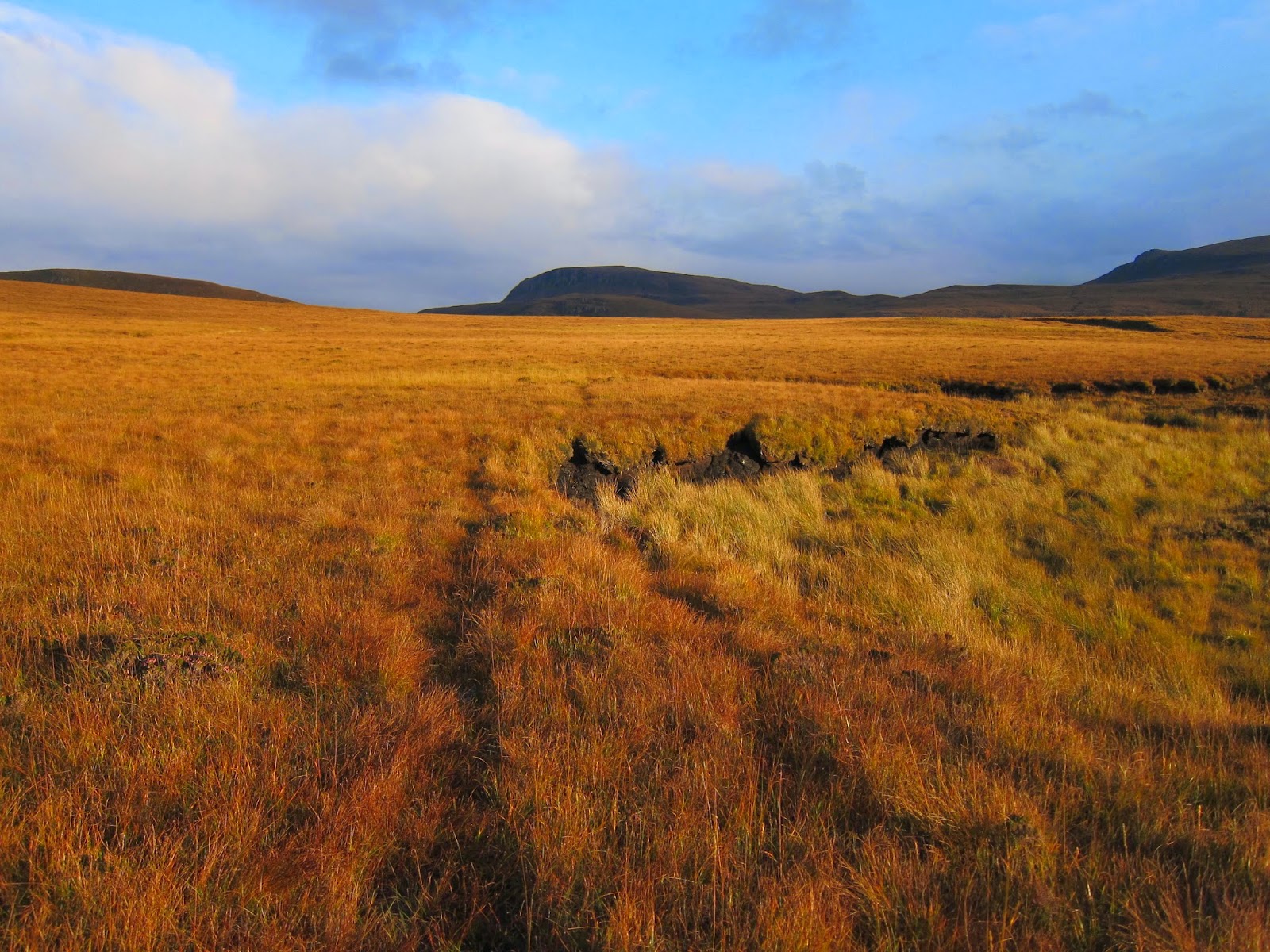Housesteads fort (Hadrian's Wall Path)
On the Pennine Way
Border country
Evening in the Pentland Hills
Beside the Union Canal
The Falkirk Wheel
Sunset beside Loch Venachar I
Sunset beside Loch Venachar II
Glen Tilt
Result of an Adder bite
Geldie Burn
Sunset from Dalnashallag bothy
Colourful ground cover
Cullocky lock
I'm OK with wet feet
Typically wet track
Maol-Bhuidhe bothy
Bendronaig bothy
Lochan Fada
The Abhainn Dubhag in spate
Stag on the crest
Eas a' Chual Aluinn - Britain's highest waterfall
Evening at Glencoul bothy
Between Glencoul and Glendhu
Sunset from Glendhu bothy
Looking back at Glendhu bothy
The formidable sea stack of Am Buachaille
The lighthouse at Cape Wrath
Cape Wrath - the end of the Scottish National Trail
Don't walk past any red flags... unless you have to!
Evening light near Strathcailleach bothy
Strathcailleach bothy
Sandwood beach
Tick!














































